Jaqueline Glarner
On 13 June 2019 there was a new edition of the symposium ‘Intensiu Digital’, an initiative of the Centre de Recerca en Informació, Comunicació i Cultura , the Consorci de Serveis Universitaris de Catalunya and the Faculty of Library and Information Science of the University of Barcelona (UB).
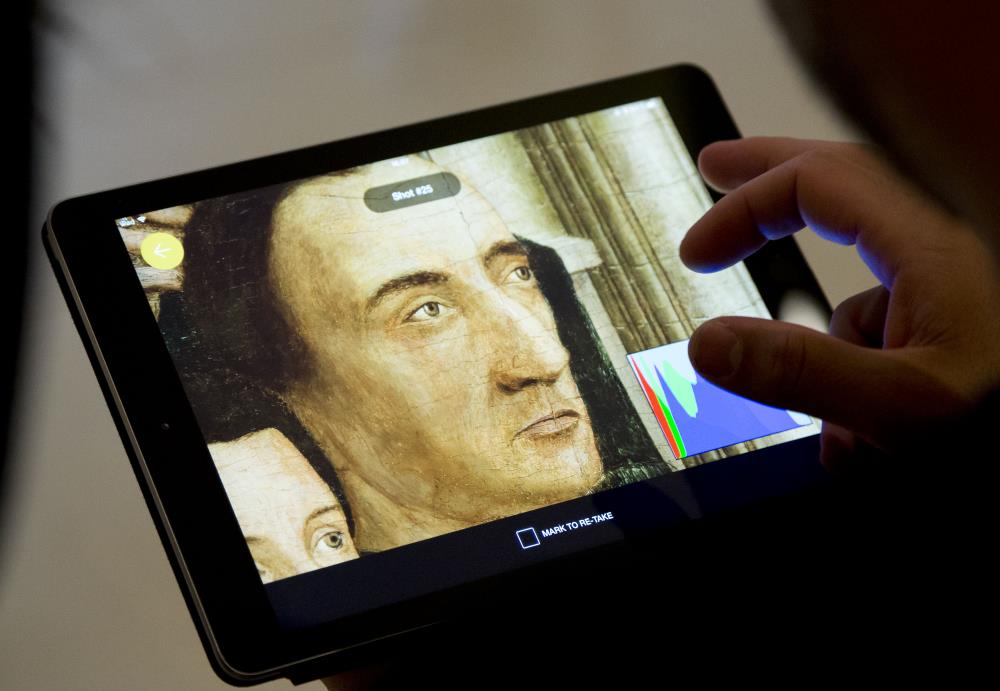
The main theme of this edition focused on the role played by private initiatives in the creation, management and dissemination of digital collections.
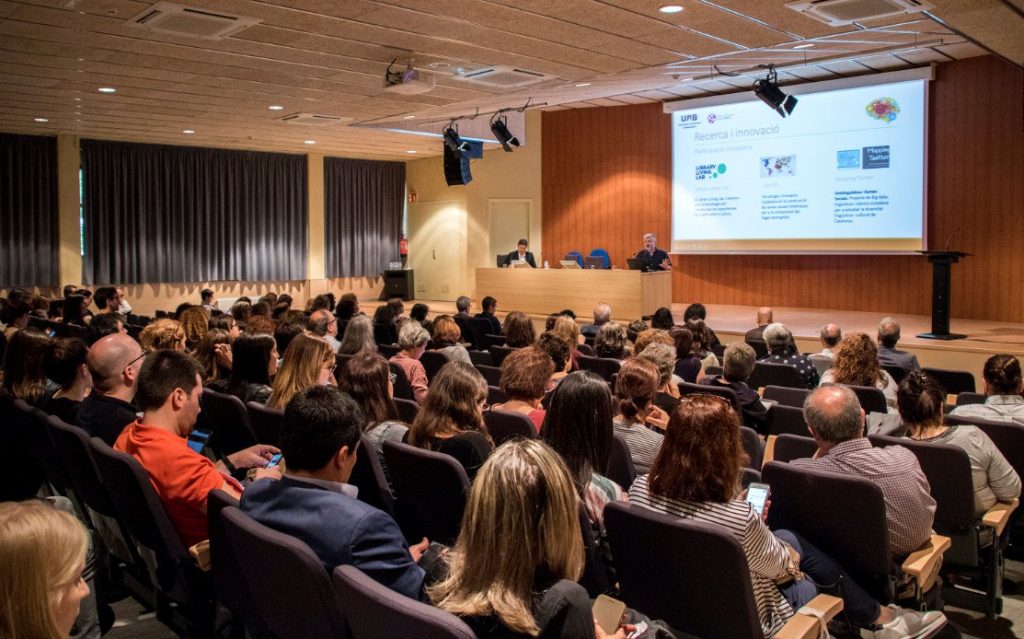
The organizers addressed all the bodies that have or could have digital collections or digital culture projects: libraries, museums, organizations, businesses and universities. This diversity was also reflected in the speakers at the session.
Below I shall mention the content that, for me, was the most important:
The rationale
It seems that everyone has by now internalized the reason why we digitize collections or create digital heritage projects. In her presentation, Montse Gumà of the Museu Nacional d’Art de Catalunya summarized it as follows:
- Virtual users are gaining ground all the time and therefore becoming more important
- Collections and information are accessible to everyone all over the world, at all times
- Knowledge is disseminated and people share it with whoever they want: open content
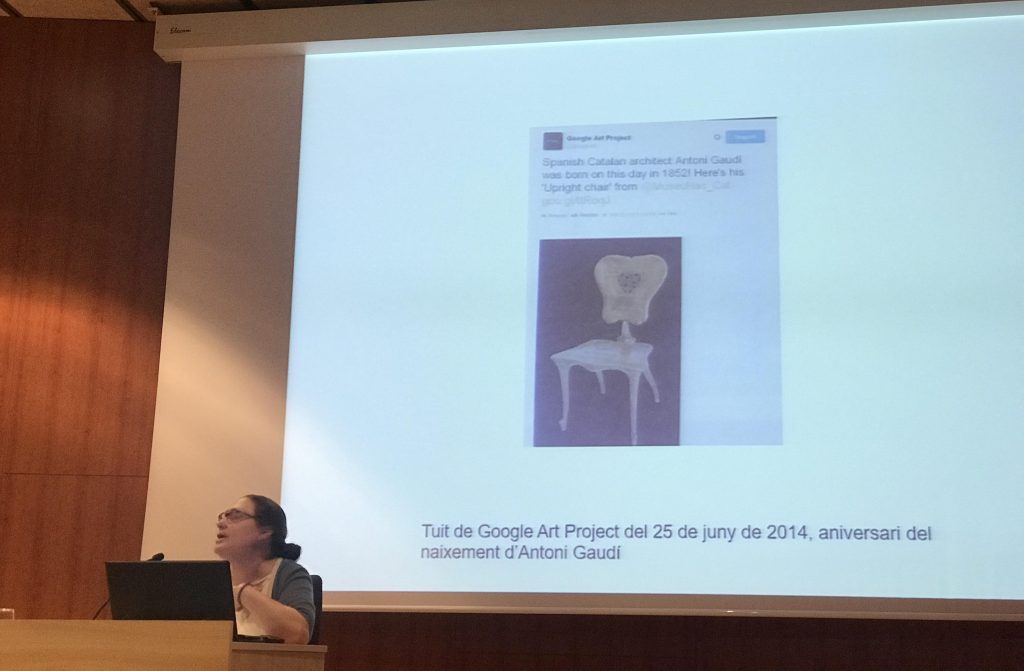
The digitization of collections, then, is a new task that in recent years has gradually been added to the more traditional tasks of conservation and dissemination. Carrying it out in a period of permanent cuts is not at all easy and it means we have to look for new partners.
Collaboration with the private sector
The projects in which private actors are involved are not always regarded as positive. Very often there is concern over the possible unwanted influence of the private sector, which could distort the view the public has of it. There have unquestionably also been negative cases, but these must not hold us back when assessing collaboration with private companies.
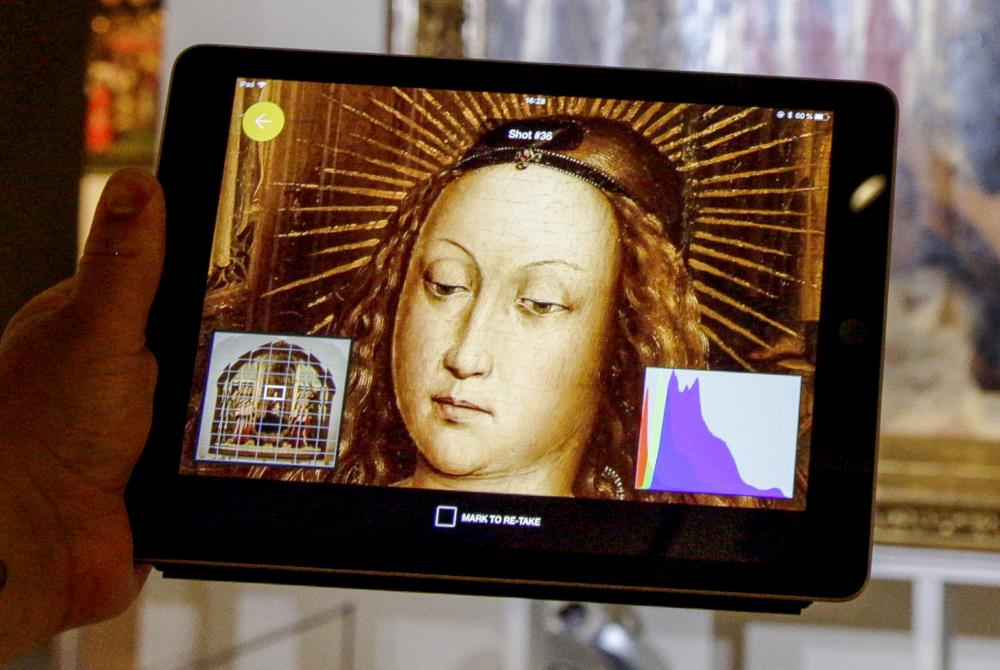
The case of Google is a good example. The participations of the Biblioteca de Catalunya in the Google Books project (Eugènia Serra) and that of the Museu Nacional d’Art de Catalunya in the Google Art Project (Montse Gumà) were presented in the symposium.
For both institutions, participation in the Google projects meant for them:
- greater institutional visibility,
- great international projection,
- reaching out to a new audience and gaining new influencers,
- working with a first-rate technological partner, and
- a financial saving, since the digitization of their collections would not have taken place or, in any case, it would have been much smaller.
The Museu Nacional d’Art de Catalunya had already taken part in various initiatives to digitize collections before joining the Google Art Project. Google, in this case, added a new dimension due to the large number of works digitized and in terms of dissemination.
It should be stressed that on the whole these collaborations are positive, but that they also generate internal technological and organizational challenges.
I would also point out that these projects would never have been carried out without people capable of understanding the great opportunity that they represented. Vision, determination and insight are the basis of any project, but even more so in the case of digital projects, since these are characterized by being more innovative.

Digital as a tool of institutional transformation
Digital projects are also a challenge for internal organization:
- null
- they are transverse and the people involved have to learn to work outside closed boxes
- in the case of the Museu Nacional d’Art de Catalunya, the idea had to be stressed that the departments of communications and visitor services also work on the collection, and not just the restorers and conservators.
- They require different knowledge that very often we do not have, but hiring new staff is complicated.
The importance of dissemination
The Museu Virtual de la Moda (Virtual Museum of Fashion) (Marta Sánchez), a private initiative, is an example of a digital collection on a specific theme. It has the great advantage of grouping together and making a collection dispersed in different institutions around the territory visible.
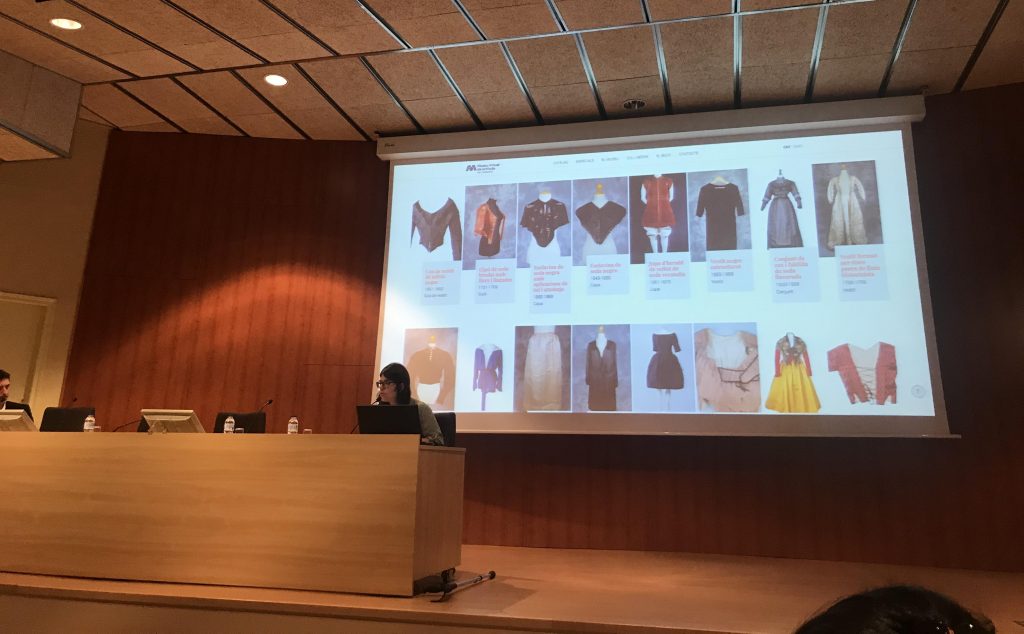
I believe that one of the challenges facing this virtual museum is the monitoring and, especially, the dissemination of its content. Digitization is just the first step; its dissemination and interaction with the public must be actively encouraged to make the most of all its potential. The digital can gather dust too!
100% private heritage
The Centro de Documentación Publicitaria (Advertising Documentation Centre) (Sergio Rodríguez) is a private initiative funded exclusively by the services that it offers and by its sponsors. Here digitization is part of the basic plan – it is done either preventively or as ordered by the client.
It is a good example of how the creation, preservation and dissemination of heritage can be a self-sufficient business. A whole industry, in this case advertising, sees the importance of preserving heritage, and it is prepared to invest in it – interesting!
The quadruple helix model of culture
Far beyond the digitization of collections we find social digital innovation projects, and here the Autonomous University of Barcelona, through the Xarxa d’Humanitats Digitals (Digital Humanities Network) (Oriol Vicente Campos), plays a crucial part.
It is essential for all the actors to be involved in it: the authorities, academia, industry and society. Whereas this kind of collaboration is widespread in the universities, in museums and cultural heritage institutions it is much less common. A change of attitude is needed and a rethink of how to fit in with sectors with different ways of working!
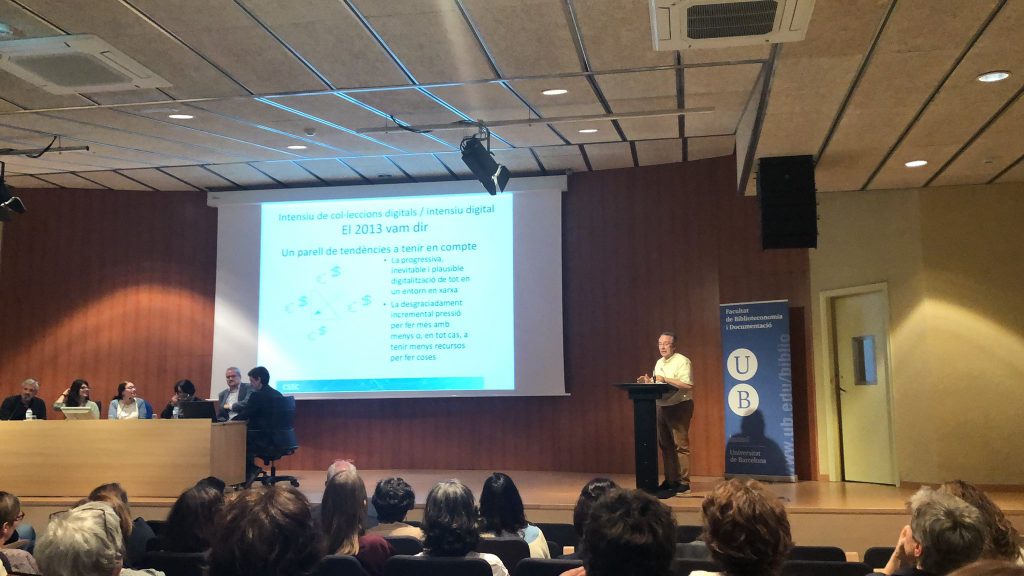
The digital tools of the future are already here
Two speakers (Marc Hernández Güell and Albert Sierra) looked into the future, while insisting that this future is in fact already here. Their key messages were:
- null
- We must adapt to users’ new expectations
- A range of new paradigms and scenarios is opening up
- We encounter the digital concept in all areas: collections, dissemination, museography, etc.
- We must get up to speed with the new technologies in order not to be left behind: 3D, artificial intelligence, immersive technologies (virtual and augmented reality), big data
- Collaboration with the universities, the private sector and users is essential
These have been a few brief comments on what was discussed during the symposium. I recommend passing on the #intensiudigital tweets and consulting all the presentations. It’s well worth it!







